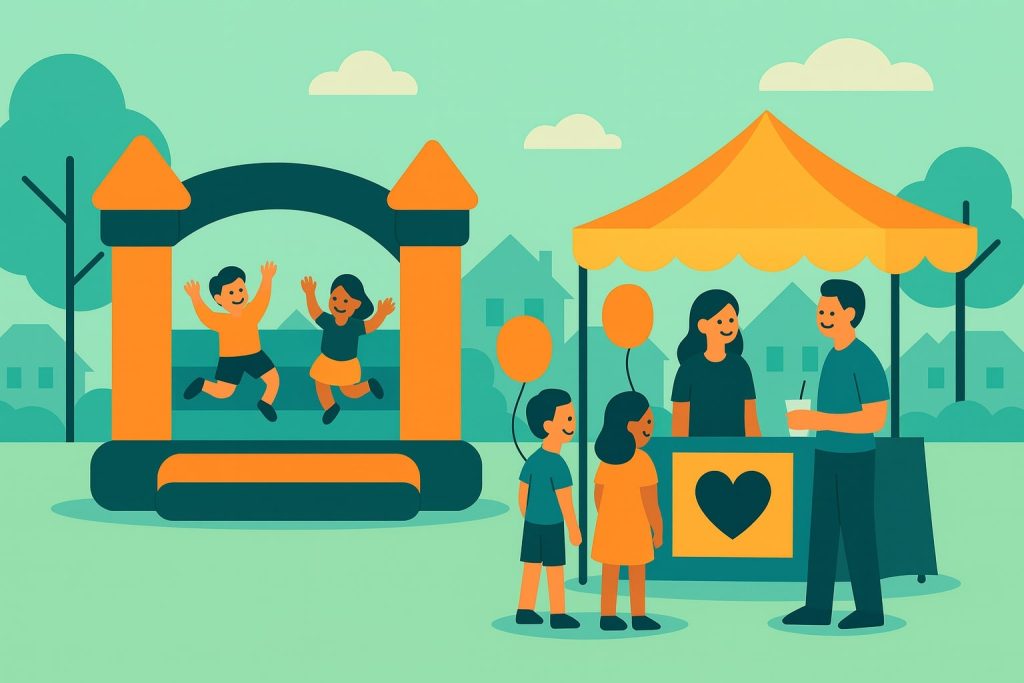As a Matchmaker at ZipSprout, it’s easy to indulge my fondness for cultural tourism. After a few hours of looking at websites for non-profits and fundraising events of a particular city, it becomes apparent what that community values and how they like to party. Let’s take San Diego, CA, and Charleston, SC, for example. Both are port cities with warm weather, but their local flavor is as different as red and white clam chowder.
If you have ever traveled outside the USA, you are aware how geology can shape the experience. It didn’t take me long to see that the ports of Charleston and San Diego have had very different roles in shaping the local culture. In Charleston, the port has primarily been used for import/export. Consequently, there is an abundance of historic homes, antebellum gardens, and fine antiques from the wealth built by sea merchants and commodities traders.
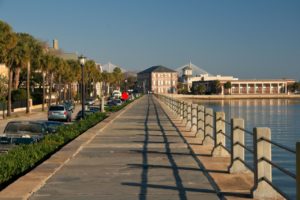
The port of San Diego, on the other hand, is an important naval base. Consequently, it is home to the fourth largest veteran’s population in the USA. This group is serviced by many non-profit organizations providing everything from basic needs to recreation to activism. The Veterans Village of San Diego is nationally recognized as the leader in serving homeless military veterans. The USS Midway Museum is an historic aircraft carrier giving families a place to understand military life at sea. Veteran’s for Peace is an international organization of veterans interested in educating the public about the costs of war. There’s even a nonprofit promoting surfing for vets and amputees. But life in Charleston is not musty or prim. The next generation of southern pride is evident in the growing foodie scene. They also have a wave of new residents, bringing a younger crowd that is tech savvy, creative, and thinking on a more global scale.
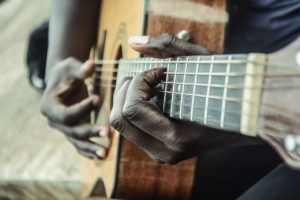
History often dictates which ethnic groups are in the local melting pot. Looking at non-profits offers clues to the current diversity of a city. In the 1700’s, Charleston’s commercial rice production was grown for a global market. African slaves were a large part of this economy. Some of the divide between black and white residents still exists to this day. For the most part, people hang out in different and distinct crowds. However, shades of gray are starting to appear. The City of Charleston has expressed a commitment to diversity by raising substantial funding for The International African American Museum which expects to open in 2018. There is a 30 year old Gullah Festival where everyone comes together to celebrate a culture preserved by the descendants of escaped slaves who lived on coastal islands. You can also get a whiff of diversity while foodies satisfy their Caribbean jerk cravings or indulge friends who are connoisseurs of African art.
For the most part, the non-profit scene in San Diego reflects a more complex cultural mix. Sadly, it was harder to find a Native American presence here than it was to see minorities represented in Charleston. However, a big part of San Diego’s legacy comes from Spanish culture, since it was established as a military post by Gaspar de Portolà in 1769. This Spanish influence is well promoted and preserved by groups such as The House of Spain.
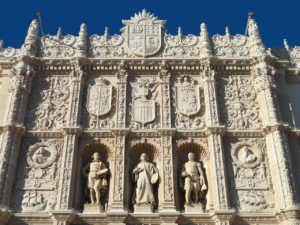
But the Spanish influence was interrupted by various 19th century battles over Southern California. In 1821 Mexico won its independence from Spain. The Fiestas Patrias is still celebrated in Old Town San Diego to this day. And in 1848, San Diego became part of the USA but its proximity to Tijuana means there are numerous families of Mexican ethnicity, both recent and old. Celebrations of San Diego’s Hispanic heritage range from the foodies paradise of the Latin Food Fest, the musical exuberance of the Annual Mariachi Festival, or an art lovers afternoon visit to Centro Cultural de la Raza at Balboa Park. Yet, it’s the Asian influence that makes San Diego truly diverse. The city has a sizable Pacific Asian population that adds to the social calendar the Asian Cultural Festival and Chinese New Year. There is also an ethnically diverse IT crowd putting on networking possibilities and bringing access to technology even to the very young.
Returning to present time geology, these two cities clearly enjoy having fun around the water but, again, with a different flavor. In San Diego people are more health conscious and absolutely passionate about outdoor recreation. There is a dazzling array of ways to get your cardio in the sunshine; whether on the golf course, the streets, the water, or the hills. It’s definitely a reflection of the eco-diversity and natural beauty that occurs when you have dry hills that meet the majestic Pacific Ocean. San Diegans take to the water like fish and the ocean, beaches, and marine biology are woven into the San Diego lifestyle.
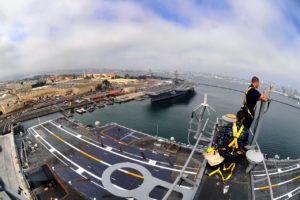
It’s a surfer’s paradise and locals make an effort to preserve this ecology. In Charleston, the land is flatter and the humidity higher. Locals enjoy water sports like sea kayaking, fishing, sailing. It’s definitely a reflection of the calmer water of the Atlantic Ocean with much needed cooling breezes. Charlestonians like getting behind a good cause like the colorful Dragon Boat Race promoting wellness for cancer survivors. They also are dedicated to retaining their waterways and wild places which they deem a part of their legacy. The land-lovers of Charleston get outside at various runs, golf tournaments, and festivals. In fact; running, golfing, and going to festivals are very popular in either port city.
I can’t resist sharing a few more differences in local flavor. Charleston loves music and dance. The famous Charleston two-step was made popular by flappers of the 1920’s. Still popular today is Shag Dance, done to Beach Music. Lastly, Charleston is home to the Spoleto music festival. San Diegans, on the other hand, love wild creatures. It is home to the world famous Sea World and San Diego Zoo. Maybe this explains why there are so many animal related non-profits in SD, including one for parrots and one for rabbits!
I don’t know about you, but I take delight in variety. It’s part of the spice of life. So… what flavor would you give each one of these port cities?
